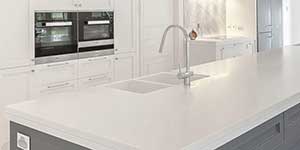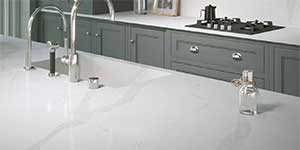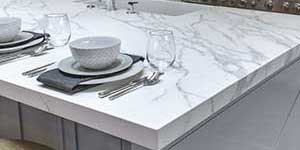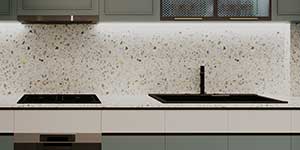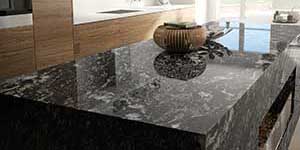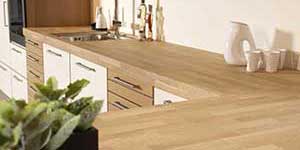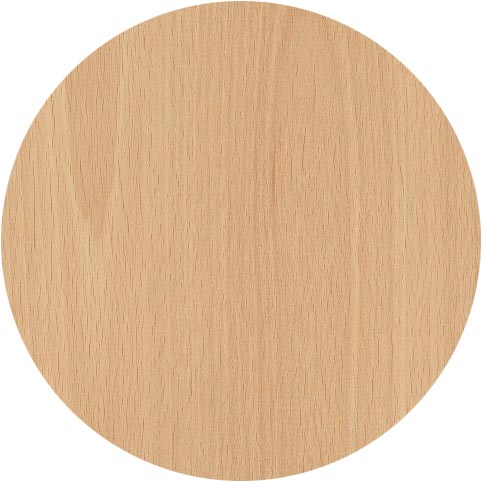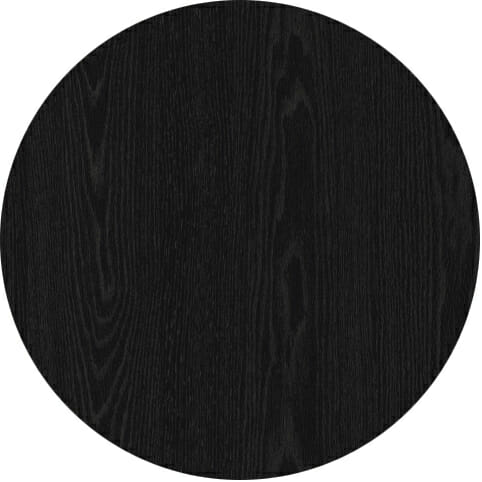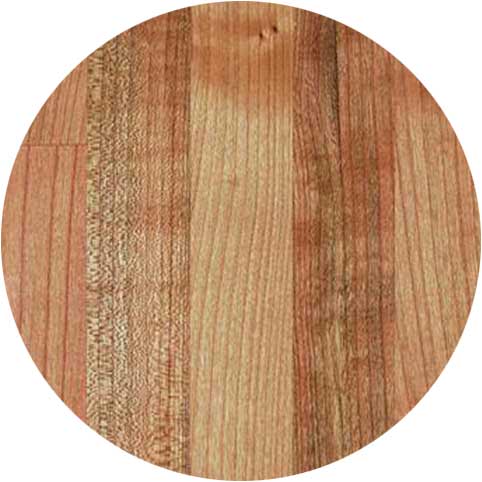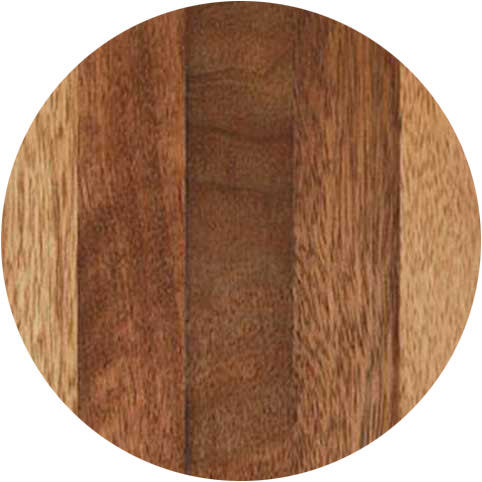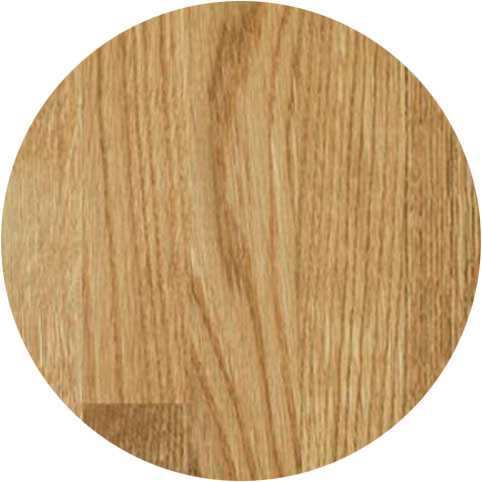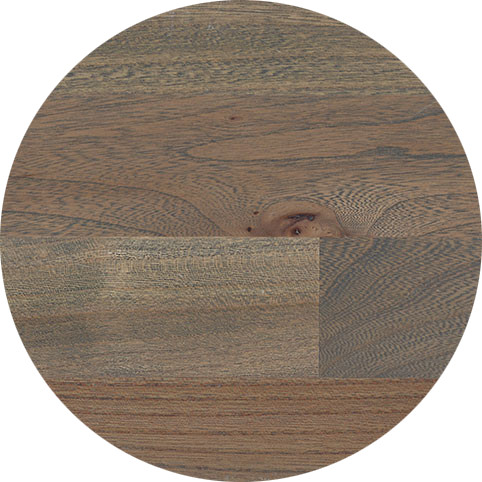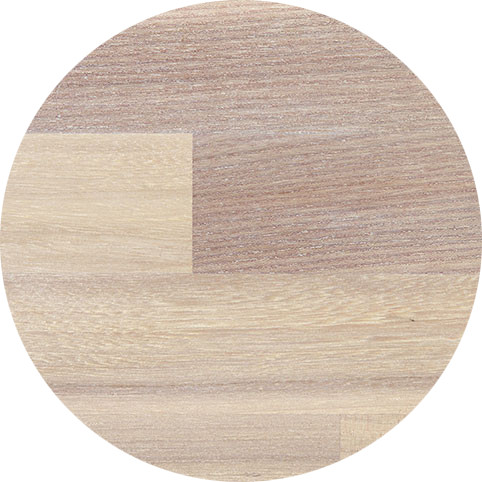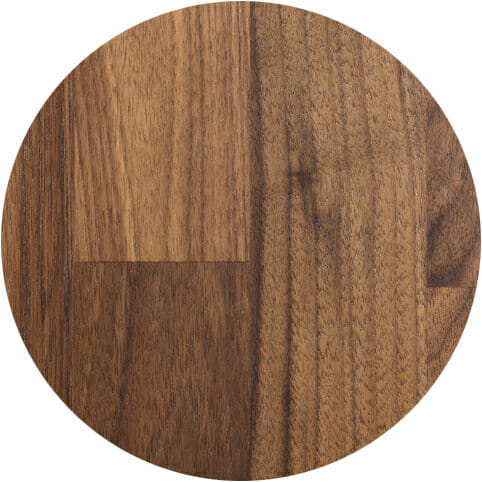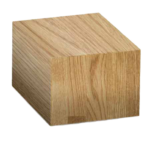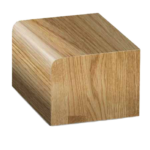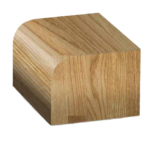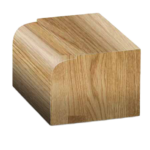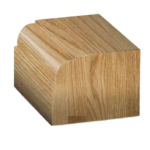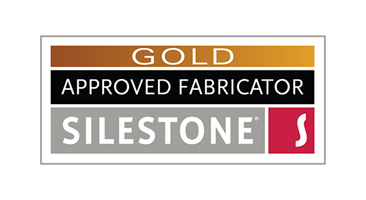Fabrication process
Wood worktops have a natural charm and warmth that have remained fashionable for centuries in both home and commercial environments. It remains one of the most versatile, luxurious and hard wearing finishes.
Our wood work surfaces are crafted from the best quality solid timber. To obtain large surfaces that have greater strength and resilience, almost free of natural imperfections, and less prone to warping, solid hardwood timber staves and finger-jointed in length, and then butt-jointed and glued together along its width.
The boards are then oiled and finely sanded to create a naturally beautiful and water repellent surface. Wood worksurface products have a treasured history in commercial and residential environments, whether contemporary or classic in style.
Staves
Stave widths of 40mm (±5) are standard. If unavailable, 27mm (±1mm) Beech and Teak, and 20mm (±1mm) on all other types of wood will be supplied.
Staves of an alternative thickness can be supplied but may have a longer lead time.
Stave Lengths are random
Staves are finger-jointed in the length and glued along the edge with tolerances of 1mm/±5mm per Length
Finishing
Finished to a 220 grit for blanks
Finished to a 500 grit for bespoke work surfaces
Moisture content 10% ±2%
Individually shrink wrapped for delivery.
Storage before installation
Before installation, wood worktops should be stored at room temperature away from all sources of heat and moisture to prevent warping and/or swelling. An exposed outside area, or a room without heating, such as a garage, is not suitable.
The boards must ideally be stored flat on a sound and level surface, with timber battens placed between each blank at 600mm centres maximum. If that is not possible, then they can be stored on their longest edge on a level and protected surface as instructed on the packaging.
When installed in a room with a wood burning stove or other heating, acclimatisation is needed for a few days before being fitted.
NEVER prop up a worktop vertically against a wall.
DO NOT store in an unheated room.
Joints
Depending on the edge detail, wood work surfaces can be joined by either butt- joints (edges placed together) or mitre-joints (cut to 90 º) Mitre joints require additional support on site and an additional length of work surface is required.
Thermal Expansion
Extreme temperatures or humidity: Wood work surfaces give their best performance at normal room temperature. They require additional maintenance in kitchens or other rooms, where temperatures fluctuate greatly or where it can be either very cold or very humid. This is particularly true in the immediate days / weeks after installation until the wood has acclimatised. Extra coats of sealant will be necessary to prevent drying out and warping.
Near heat or moisture: If an under-oven, dishwasher, washing machine or tumble dryer is to be installed under the worktop, it should be protected by installing a sheet of aluminium foil to the underside, with the shiny face outwards. This will protect it from any intense heat or moisture.
Expansion gaps: Allow a 3-4mm gap between the back edge of the wood worktop and the wall, to allow for expansion and contraction.
Cladding: We don’t recommend solid timber wall cladding, due to warping.
Overhangs and Supports
Any overhang extending more than 300mm should be supported.
Cut-outs for hobs, sinks, etc
Sink cut-outs should be a minimum of 50mm from the worktop front edge. Aluminium foil should be applied to the edges of hob cut-outs.
Hob cut-outs should be a minimum of 50mm from the worktop front edge.
There should be a minimum 200mm between any cut-outs.
Aluminium foil should be installed a hob cut-out, to avoid conducting too much heat into the wood, drying it out.
Upstands
Upstands should be fixed to the wall and not to the worksurface, to allow natural expansion without revealing the gap. There should be a 3mm gap between the worksurface and upstand, the only connection between upstand and worksurface should be silicone sealant, allowing natural movement of the worksurface.

